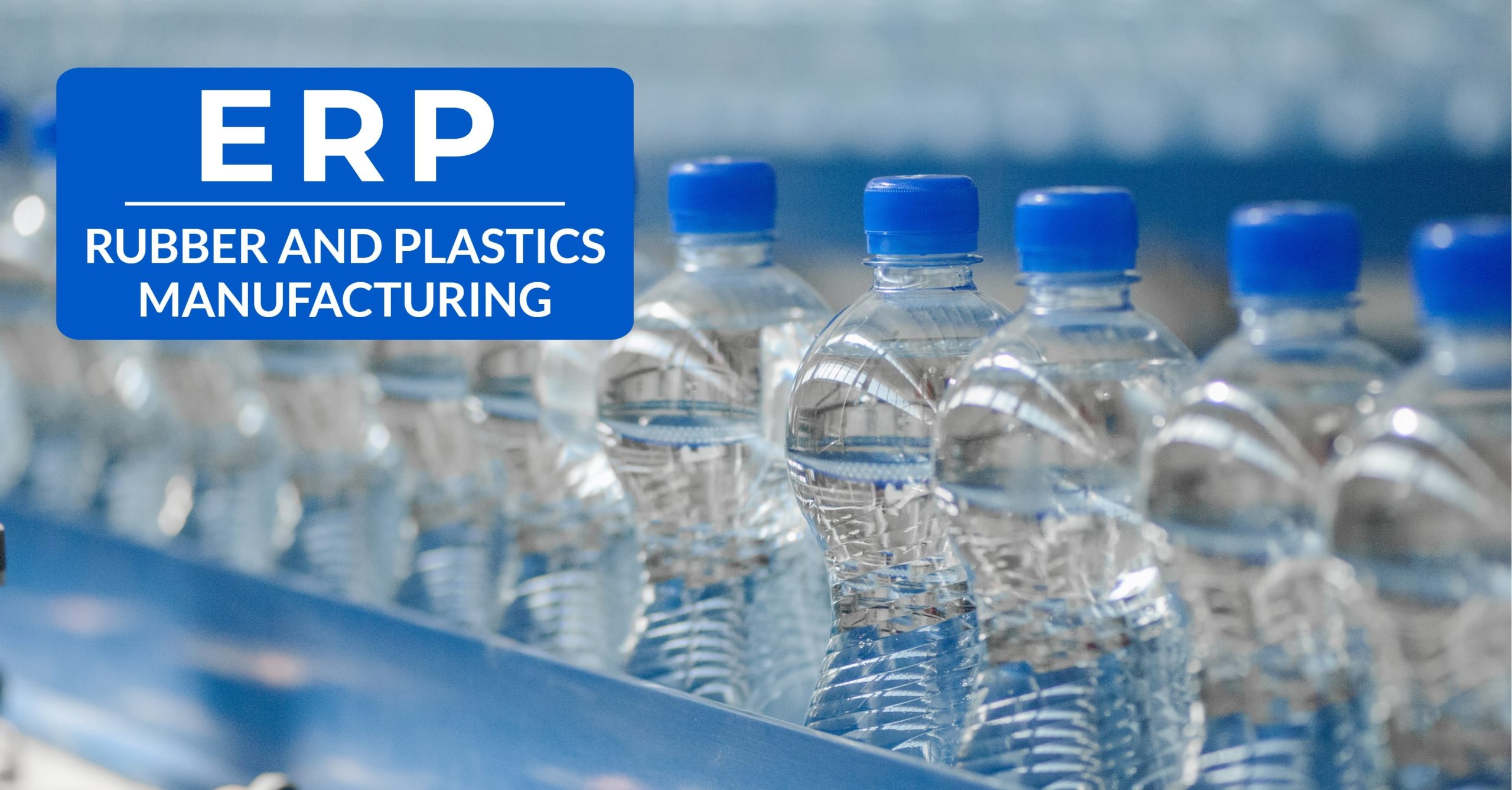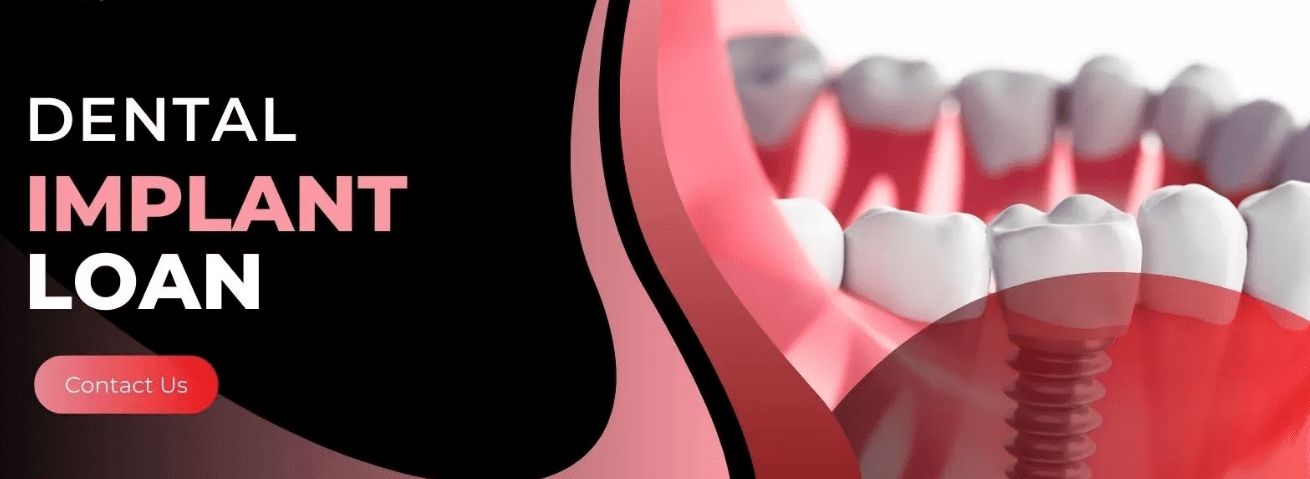The Basics of ERP Plastics
The Basics of ERP Plastics
Welcome to our guide on the basics of ERP plastics! Whether you’re new to the world of plastics manufacturing or looking to expand your knowledge, this article is perfect for you. We’ll cover everything you need to know about ERP plastics, from what it is and how it’s used to its benefits and applications in various industries. So sit back, relax, and let’s dive into the fascinating world of ERP plastics together!
Introduction to ERP Plastics
ERP Plastics is a leading manufacturer of high-quality plastic products that are used in a wide range of industries. The company was founded over 50 years ago and has since established itself as a trusted provider of innovative solutions for businesses looking to enhance their operations. ERP Plastics offers a diverse range of products, including custom-designed plastic components, packaging materials, and consumer goods.
One of the key differentiators of ERP Plastics is its commitment to sustainability and environmental responsibility. The company uses advanced technologies and processes to minimize waste and energy consumption, while also ensuring that its products are recyclable and environmentally friendly. This focus on sustainability has not only helped ERP Plastics reduce its environmental impact, but it has also positioned the company as a leader in the industry.
ERP Plastics prides itself on its ability to meet the unique needs of each customer. The company’s team of experienced engineers and designers work closely with clients to develop customized solutions that are tailored to their specific requirements. Whether a business needs a complex injection-molded part or a simple packaging solution, ERP Plastics has the expertise and capabilities to deliver high-quality products that exceed expectations.
In addition to its commitment to customer satisfaction, ERP Plastics also places a strong emphasis on quality control and product consistency. The company’s state-of-the-art manufacturing facilities are equipped with the latest technology to ensure that each product meets the highest standards of quality and performance. From raw material sourcing to final product inspection, ERP Plastics employs rigorous quality control measures to guarantee that every product that leaves its facilities is flawless.
With a proven track record of excellence and a dedication to innovation, ERP Plastics continues to be a preferred partner for businesses seeking reliable plastic manufacturing solutions. Whether it’s creating custom components for a new product launch or designing sustainable packaging for a consumer brand, ERP Plastics has the experience, expertise, and resources to deliver exceptional results. As the demand for high-quality plastic products continues to grow, ERP Plastics remains at the forefront of the industry, driving innovation and setting new standards for excellence.
Advantages of Using ERP Plastics
When it comes to choosing the right materials for your packaging needs, ERP Plastics offers a wide range of advantages that make them a top choice for many businesses. One of the main benefits of using ERP Plastics is their durability. These plastics are designed to withstand a variety of conditions, including extreme temperatures, high impact, and rough handling. This means that your products will be protected during transportation and storage, reducing the risk of damage and ensuring that they arrive at their destination in perfect condition.
In addition to their durability, ERP Plastics are also lightweight, making them easier to transport and handle. This can help to reduce shipping costs, as well as make it easier for your employees to pack and unpack products. Furthermore, ERP Plastics are customizable, allowing you to create packaging solutions that are tailored to your specific needs. Whether you need a container with a specific shape or size, or you require packaging that is tamper-proof or has anti-static properties, ERP Plastics can be customized to meet your requirements.
Another key advantage of using ERP Plastics is their sustainability. Unlike traditional packaging materials such as wood or metal, ERP Plastics are recyclable, reducing the amount of waste that ends up in landfills. This can help to improve your company’s environmental footprint and show your customers that you are committed to sustainability. Additionally, ERP Plastics are energy-efficient to produce, further reducing their impact on the environment.
Furthermore, ERP Plastics are highly versatile, making them suitable for a wide range of applications. Whether you need packaging for food products, electronics, medical supplies, or industrial equipment, ERP Plastics can provide a solution that meets your needs. Their versatility also extends to their ability to be used in various manufacturing processes, including injection molding, blow molding, and thermoforming, giving you plenty of options for creating the perfect packaging for your products.
Overall, the advantages of using ERP Plastics are clear. From their durability and lightweight nature to their customizability and sustainability, these plastics offer a range of benefits that make them an excellent choice for businesses looking for reliable and cost-effective packaging solutions. Consider using ERP Plastics for your packaging needs and experience the many advantages they have to offer.
Applications of ERP Plastics in Various Industries
ERP Plastics are versatile materials that find applications in a wide range of industries due to their durability, temperature resistance, and chemical resistance. Let’s explore some of the key industries where ERP Plastics are commonly used:
1. Automotive Industry: ERP Plastics are widely used in the automotive industry for various applications. From interior components like dashboards, door panels, and trim pieces to exterior components like bumpers, body panels, and fenders, ERP Plastics offer lightweight and durable solutions. The heat resistance of ERP Plastics is highly advantageous in engine components, such as intake manifolds, radiator end tanks, and air filters.
2. Packaging Industry: In the packaging industry, ERP Plastics are commonly used for creating food packaging containers, bottles, and jars. The chemical resistance of ERP Plastics makes them ideal for storing a wide range of products, including liquids, powders, and chemicals. Additionally, ERP Plastics are lightweight, which helps in reducing transportation costs for packaged goods.
3. Healthcare Industry: ERP Plastics play a crucial role in the healthcare industry due to their biocompatibility and sterilizability. Medical devices, equipment, and instruments made from ERP Plastics are used in hospitals, clinics, and laboratories worldwide. From surgical instruments and IV components to diagnostic equipment and prosthetic devices, ERP Plastics are integral to the healthcare sector.
What sets ERP Plastics apart in the healthcare industry is their ability to withstand repeated sterilization cycles, ensuring the safety and efficacy of medical interventions. Moreover, ERP Plastics are also used in the production of medical packaging materials, such as blister packs, vials, syringes, and trays.
Furthermore, ERP Plastics are utilized in the manufacturing of medical implants, such as orthopedic implants, dental implants, and cranial implants. These implants are designed to be biocompatible, meaning they are well-tolerated by the body and do not elicit an immune response. The longevity and durability of ERP Plastics ensure that medical implants remain functional and safe for extended periods.
In conclusion, ERP Plastics have revolutionized the healthcare industry by providing high-quality, reliable, and cost-effective solutions for medical devices, equipment, instruments, and implants. Their unique properties make them indispensable in the field of healthcare, contributing to improved patient care and outcomes.
The Environmental Impact of ERP Plastics
When it comes to the environmental impact of ERP Plastics, there are several factors to consider. One of the main concerns is the issue of plastic waste and its contribution to pollution. ERP Plastics, like many other plastics, are not biodegradable and can take hundreds of years to decompose in landfills. This means that once these products are discarded, they can persist in the environment for a very long time, posing a threat to wildlife and ecosystems.
Furthermore, the production of ERP Plastics also has environmental implications. The process of manufacturing plastic products requires the use of fossil fuels, which contribute to greenhouse gas emissions and global warming. In addition, the extraction of raw materials for plastic production can lead to habitat destruction and ecosystem disruption.
Another aspect to consider is the transportation of ERP Plastics. These products are often shipped long distances from manufacturing facilities to distribution centers and eventually to consumers. This transportation process requires the burning of fossil fuels, further adding to carbon emissions and air pollution.
One of the ways in which ERP Plastics are being addressed in terms of their environmental impact is through recycling. By recycling ERP Plastics, the need for new plastic production is reduced, saving energy and resources. However, recycling rates for plastics, including ERP Plastics, are still relatively low, with a significant amount of plastic waste ending up in landfills or polluting the environment.
There is also growing awareness and advocacy for the reduction of single-use plastics, including ERP Plastics. Many communities and businesses are implementing plastic bans or switching to more sustainable alternatives in an effort to reduce plastic waste and environmental impact. By choosing reusable products or biodegradable alternatives, the reliance on ERP Plastics can be minimized.
In conclusion, it is clear that ERP Plastics, like other plastics, have a significant environmental impact. From production to disposal, these products contribute to pollution, greenhouse gas emissions, and habitat destruction. However, there are steps that can be taken to mitigate these impacts, such as increasing recycling rates, reducing plastic consumption, and supporting sustainable alternatives. By being mindful of our plastic use and its consequences, we can work towards a cleaner and healthier environment for future generations.
Emerging Trends in ERP Plastics Technology
As technology continues to rapidly advance, the ERP Plastics industry is not left behind in adopting new trends and innovations to improve efficiency, reduce costs, and enhance sustainability. Here are five emerging trends in ERP Plastics technology:
1. **3D Printing**: 3D printing, also known as additive manufacturing, is revolutionizing the way plastics are produced. This technology allows for the creation of complex geometries and designs that were previously impossible with traditional manufacturing methods. ERP Plastics companies are increasingly investing in 3D printing to streamline their production processes and reduce lead times.
2. **Smart Manufacturing**: With the rise of Internet of Things (IoT) and artificial intelligence (AI), ERP Plastics companies are implementing smart manufacturing solutions to monitor and optimize their production processes in real-time. By collecting and analyzing data from sensors and machines, manufacturers can identify inefficiencies, predict maintenance issues, and improve overall productivity.
3. **Sustainable Materials**: In response to growing environmental concerns, ERP Plastics companies are shifting towards sustainable materials such as bioplastics and recycled plastics. These materials not only reduce the carbon footprint of production but also appeal to environmentally conscious consumers. By incorporating sustainable materials into their products, ERP Plastics companies can differentiate themselves in the market and attract a new demographic of customers.
4. **Automation and Robotics**: Automation and robotics are becoming increasingly prevalent in ERP Plastics manufacturing facilities. From robotic arms that handle repetitive tasks to automated assembly lines, these technologies are improving efficiency, reducing labor costs, and ensuring consistent quality control. By automating manual processes, ERP Plastics companies can increase their production capacity and stay competitive in the market.
5. **Virtual Reality (VR) and Augmented Reality (AR)**: One of the most exciting emerging trends in ERP Plastics technology is the integration of virtual reality (VR) and augmented reality (AR) into manufacturing processes. These technologies allow engineers and designers to visualize and interact with 3D models in a virtual environment, enabling them to identify potential design flaws and make adjustments before production begins. VR and AR also have applications in training and maintenance, providing employees with immersive experiences that enhance learning and improve performance.
Overall, the future of ERP Plastics technology is bright with these emerging trends leading the way towards a more efficient, sustainable, and innovative industry. By staying updated on the latest technologies and trends, ERP Plastics companies can position themselves for success in the ever-evolving market.






